Earthquake Swarms: What They Are & Why Japan's Islands Are a Hotspot
Explore the science, human stories, and government preparedness behind the relentless earthquake swarms shaking Japan, from volcano-linked tremors and climate triggers to survival strategies and warning systems.
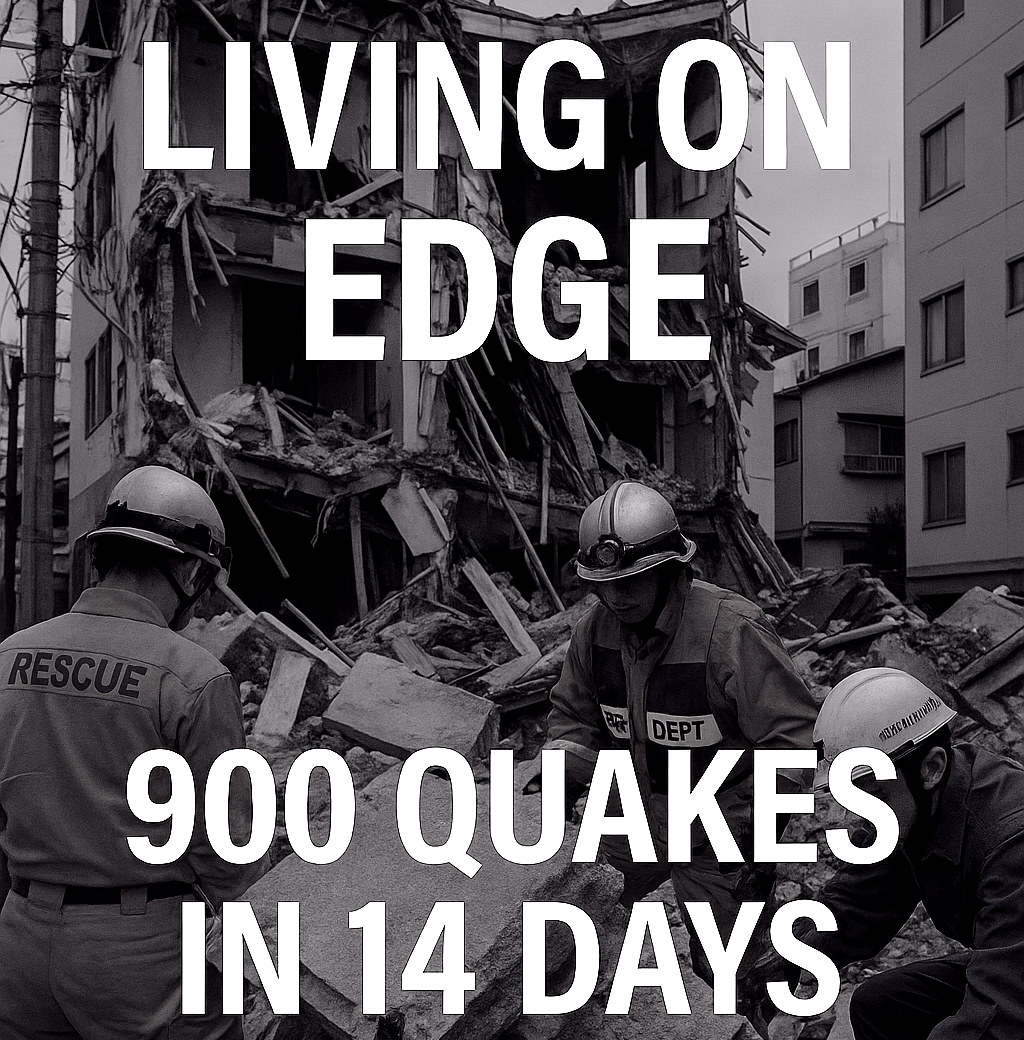
TOKYO, July 3, 2025
When the Land Shakes Without Warning
Over the past year, Japan has experienced hundreds, if not thousands, of small tremors, rather than just isolated shaking events. These are not mainshock-aftershock sequences; they are earthquake swarms. A swarm consists of a series of quakes, ranging from mild to moderate, occurring over days or years without a prominent mainshock. They create tension, test infrastructure, and raise questions: “What if the big one comes next?”
Science Unlocked: What Exactly Are Earthquake Swarms?
Definition & Mechanics
Swarm: A cluster of seismic events in a specific area and timeframe, without a dominant quake.
They can last from hours to years and sometimes don’t have a clear mainshock.
Why They Happen
- Magma or fluid intrusion: Magma or hot fluids move upward, causing increased pore pressure and triggering quakes.
- Slow-slip events: Silent earthquakes in subduction zones may produce swarms.
- Stress redistribution: The Earth’s crust constantly changes, especially after a quake or near fault networks.
- Climate loading: Seasonal rain and snow have been linked to swarms in northern Japan.
In Japan, all these factors come together due to:
Four converging tectonic plates (Pacific, Eurasian, Philippine Sea, North American),
Volcanic systems like Hakone and Tokara,
Dense geophysical networks that detect even minor activity.
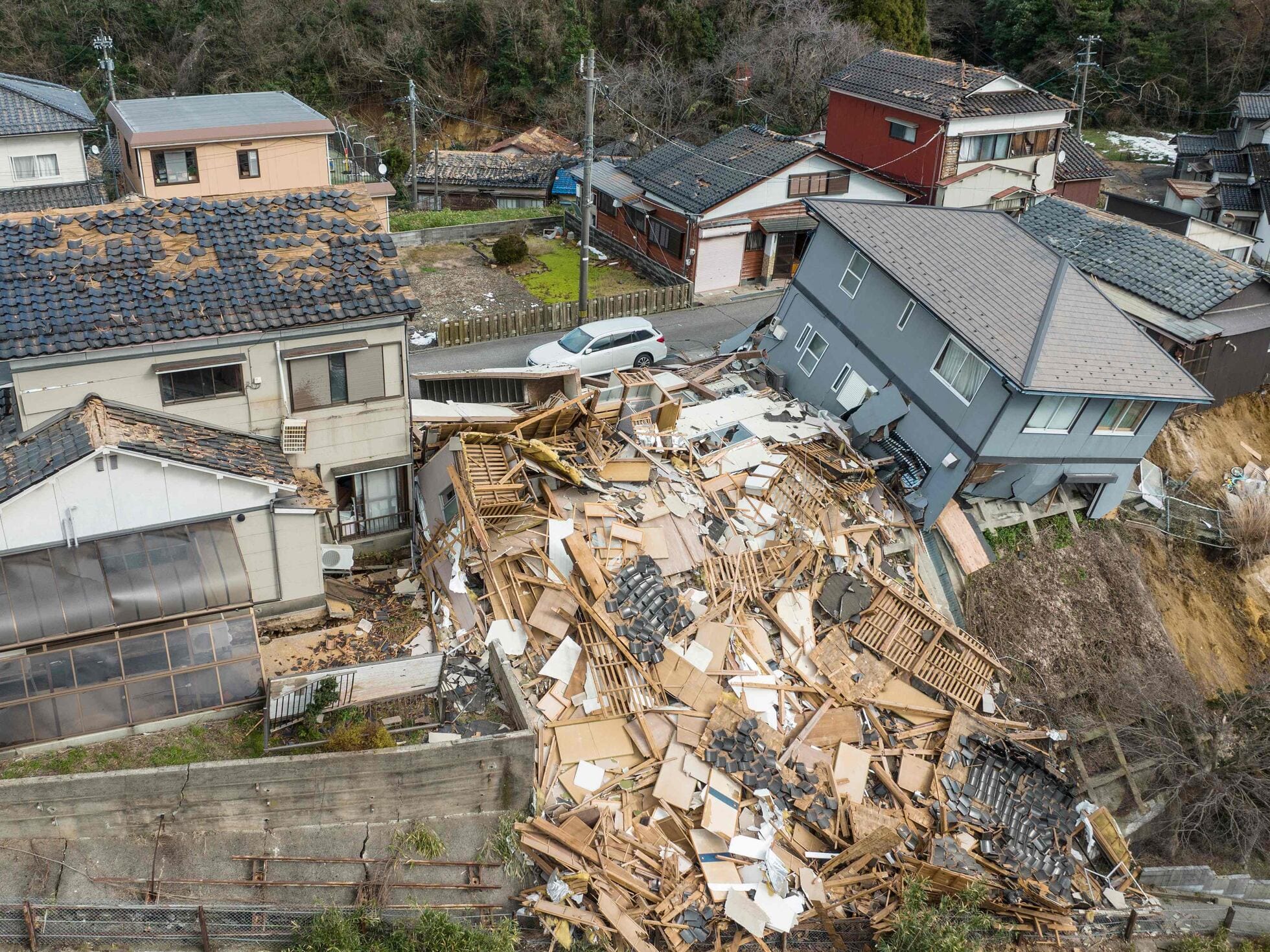
Swarms in the Spotlight: Noto Peninsula & Tokara Islands
Noto Peninsula Swarm (Ishikawa Prefecture)
A major magnitude 7.6 quake struck on January 1, 2024, after a three-year swarm, with hundreds of smaller quakes preceding it.
- Migration pattern: Quakes moved from about 17 km depth upward to less than 15 km before the mainshock.
- Unusual uplift: Up to 4 m uplift was measured, signaling fluid or magma intrusion.
- Cluster stress: Post-mainshock stress could elevate fault hazards in other areas.
Tokara Islands Swarm (Kagoshima Prefecture)
In the past week, Tokara recorded around 330 tremors, including a 5.0+ quake.
- Scientists think magma intrusion beneath the volcanic arc is fueling the swarm.
- Concerns about volcanic activity are growing.
Real People, Real Fear: Voices from the Quivering Islands
Voices from Noto
“Every rumble makes us question whether the next one will destroy our homes…”
— Naoko Fujimoto, Suzu resident.
Local shops have reported selling out of essentials like water, gas stoves, and first-aid kits, always preparing for instant evacuation.
Anxiety in Tokara
Isolated communities depend on radios; when phones fail, accessing supplies becomes tough. Residents mentioned “waiting for the unknown quake,” which keeps them from sleeping or planning long-term.
Medical toll: Increased insomnia, PTSD, and stress-related disorders among the elderly and children reveal the strain caused by the quakes.
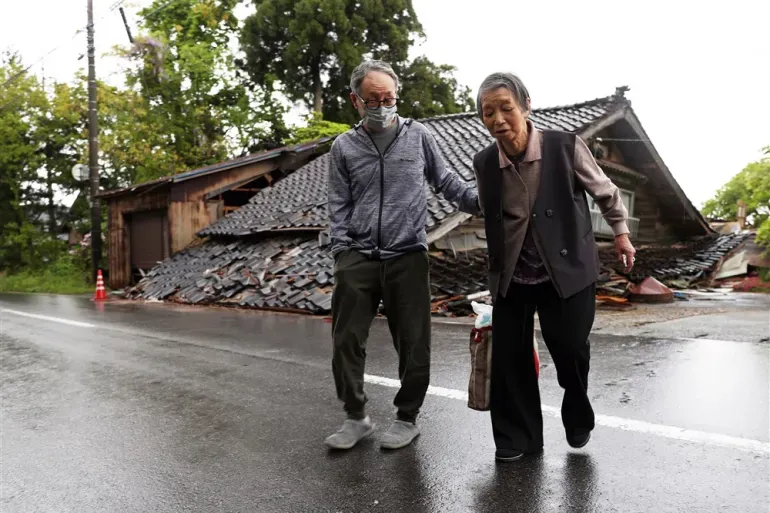
Swarms as Warning Signs: Could a Catastrophic Event Follow?
Precedents
Tohoku 2011: Foreshocks and tremor swarms came before the magnitude 9.0 quake.
Noto 2024: A prolonged swarm led to a magnitude 7.6 quake, an unusual situation where swarms preceded a major quake.
Expert Viewpoint
“Swarm patterns with migrating hypocenters and uplift could indicate deeper stress processes,” explains Dr. William Frank (MIT)
But forecasting is still unreliable. Not all swarms lead to significant shocks; some dissipate without any incident. Seismologists search for key warning signs:
- Deep, upward-moving tremors
- Persistent uplift or increases in volcanic gas
- Stress transfer to nearby faults
Yet, prediction remains more art than science!
Earthquake Swarms & Climate: A Surprising Connection
A 2024 MIT study found that heavy snowfall and rain are linked to increased swarming in Northern Japan. Seasonal weight might flex the crust enough to trigger quakes. Although this idea is emerging, it suggests that climate change could have complex effects on geology.
Key takeaway: Climate-driven surface changes can subtly affect deeper tectonic stress.
Japan's Geological Vulnerability: Why the Risk Is Elevated
Plate Tectonics
Japan is situated on a four-way tectonic junction, leading to nearly constant seismic activity.
Subduction Zones
Japan Trench: The Pacific Plate slides beneath the Okhotsk Plate at about 8 cm per year, causing slow quakes and megathrust events.
Nankai Trough: There are growing worries about an 82% chance of a megaquake in the next 30 years.
Volcanism & Fluids
Areas like Tokara, Noto, and Izu experience magma and fluid intrusions, increasing pressure on fault systems and triggering swarms.
Slow-Slip and Tremor Zones
Slow earthquakes are common in subduction zones, linked to swarm pulses and potentially leading to larger quakes.
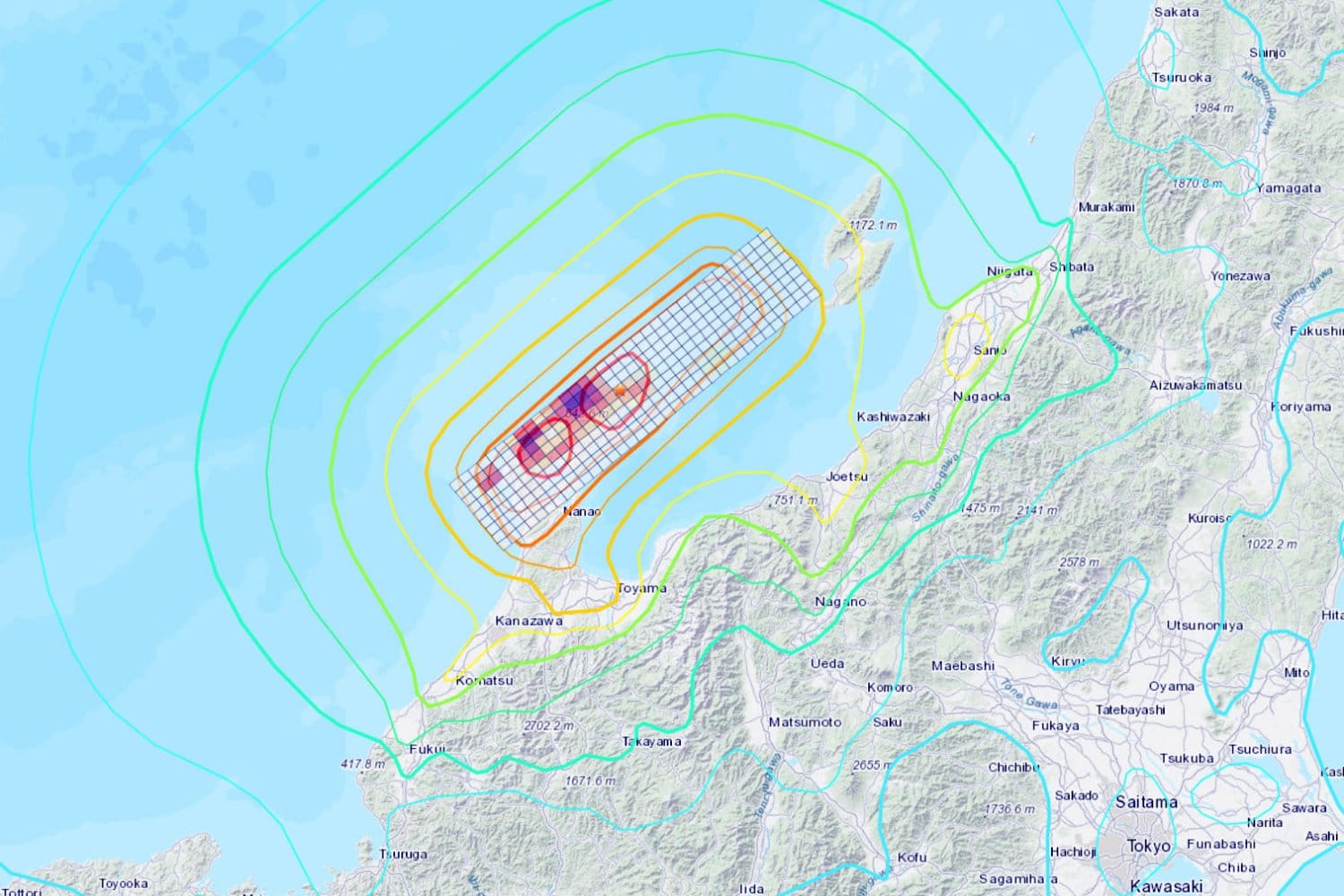
What Authorities & Communities Are Doing
Early Warning Systems
JMA’s Earthquake Early Warning: Nationwide alerts within 3 to 5 seconds.
On-the-fly tech: Fax and TV alerts, train braking (Shinkansen), app notifications.
Infrastructure & Drills
Resilient buildings: Shock absorbers and reinforced structures are required in quake zones.
Regular drills: Nationwide drills in schools and towns, with schools training kids to drop, cover, and hold, quarterly.
Stocked shelters with water, food, and medical kits are accessible.
Monitoring & Research
Dense geophysical networks: JMA and NIED maintain around 3,800 intensity meters and sensors.
Deep-ocean sensors: Ocean Bottom Seismometers (OBS) around Tokara, Noto, and Japan Trench help with early detection.
International studies: MIT and Japanese teams are scientifically modeling fluid and stress migration.
Community Resilience
Local volunteer brigades: Trained for first aid, fire suppression, and logistics.
Mental health support: Access to psychologists through telemedicine after long swarms.
Preparedness education: Regular community meetings, elder-led training sessions, and disaster kits for households.
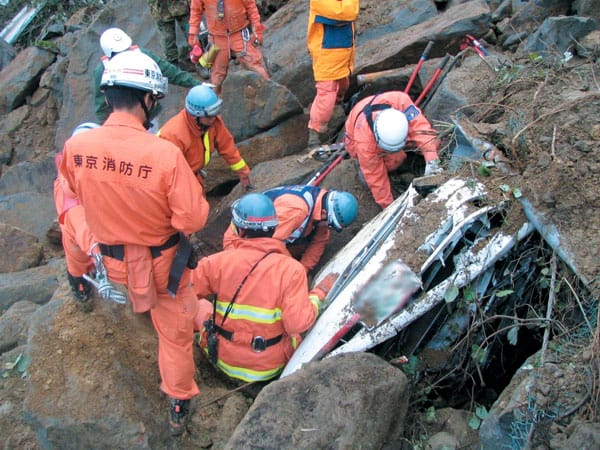
Could a Megaquake or Volcanic Event Follow?
Japan’s volcanic zones mean swarms might signal eruptions. For example, Hakone (Kanagawa) and Aso (Kumamoto) monitor seismic activity and gas emissions. In Tokara, authorities closely monitor volcanic tremors and CO₂ levels.
In subduction zones like Nankai and Japan Trench, slow-slip events might:
- Precede megathrust quakes
- Trigger adjacent swarms
- Create tremor clusters that escalate
However, the unpredictable nature of forecasting remains: We know something will happen, but not exactly when or where.
What Happens Next?
Japan continues to expand its deep sensor and satellite coverage, monitoring stress and uplift in real time.
Signals to watch: magma inflation at Tokara, GPS strain rates near subduction zones, and repeated shallow collapse or swarm areas.
Public readiness: Stay updated through JMA apps, maintain household emergency kits, practice evacuation plans, and check for structural damage in homes.
Final Thoughts: A Nation Prepared, But Never at Peace
Japan’s ongoing earthquake swarms reveal the delicate balance between natural uncertainty and human resilience. Each tremor—no matter how small—reignites a national memory of past devastation and a collective readiness for the unknown. While the science behind swarms is advancing, it still lacks the precision to offer certainty. In this limbo, Japan stands as both a cautionary tale and a global model, showing how preparation, awareness, and innovation can coexist with nature’s unpredictability. Whether or not these swarms culminate in larger quakes, Japan's response serves as a powerful reminder that disaster preparedness is not a choice—it’s a way of life.
Seismic Strategy Beyond Japan: What Should Other Nations Learn?
Considering Japan's proactive approach, what steps should the US West Coast or Andean countries take to better detect and prepare for similar earthquake swarm clusters, especially with potential climate-related triggers?
Sources
- Japan Meteorological Agency (JMA) – Data on earthquake swarm patterns, seismic intensity maps, and official alerts. (www.jma.go.jp)
- USGS (United States Geological Survey) – Scientific explanation of earthquake swarms and tectonic activity in Japan. (earthquake.usgs.gov)
- The Asahi Shimbun & NHK Japan – Resident interviews and ground reports from affected areas like Noto Peninsula and Suzu City. (www.asahi.com, www3.nhk.or.jp)
- National Institute of Advanced Industrial Science and Technology (AIST) – Research on swarm mechanisms and volcanic triggers.(www.aist.go.jp)
- Quotes Used:
- Dr. Yoshiaki Hasegawa (Tohoku University seismologist) on swarm unpredictability — via The Japan Times.
- Cabinet Secretary Yoshimasa Hayashi’s remarks on disaster readiness — from NHK World News.
- Image Sources: NBC News, The Guardian, Japan Meteorological Agency (JMA), Temblor, MIT ERL, J-SHIS, JICA, The Atlantic, ABC News Australia, and Web Japan.




